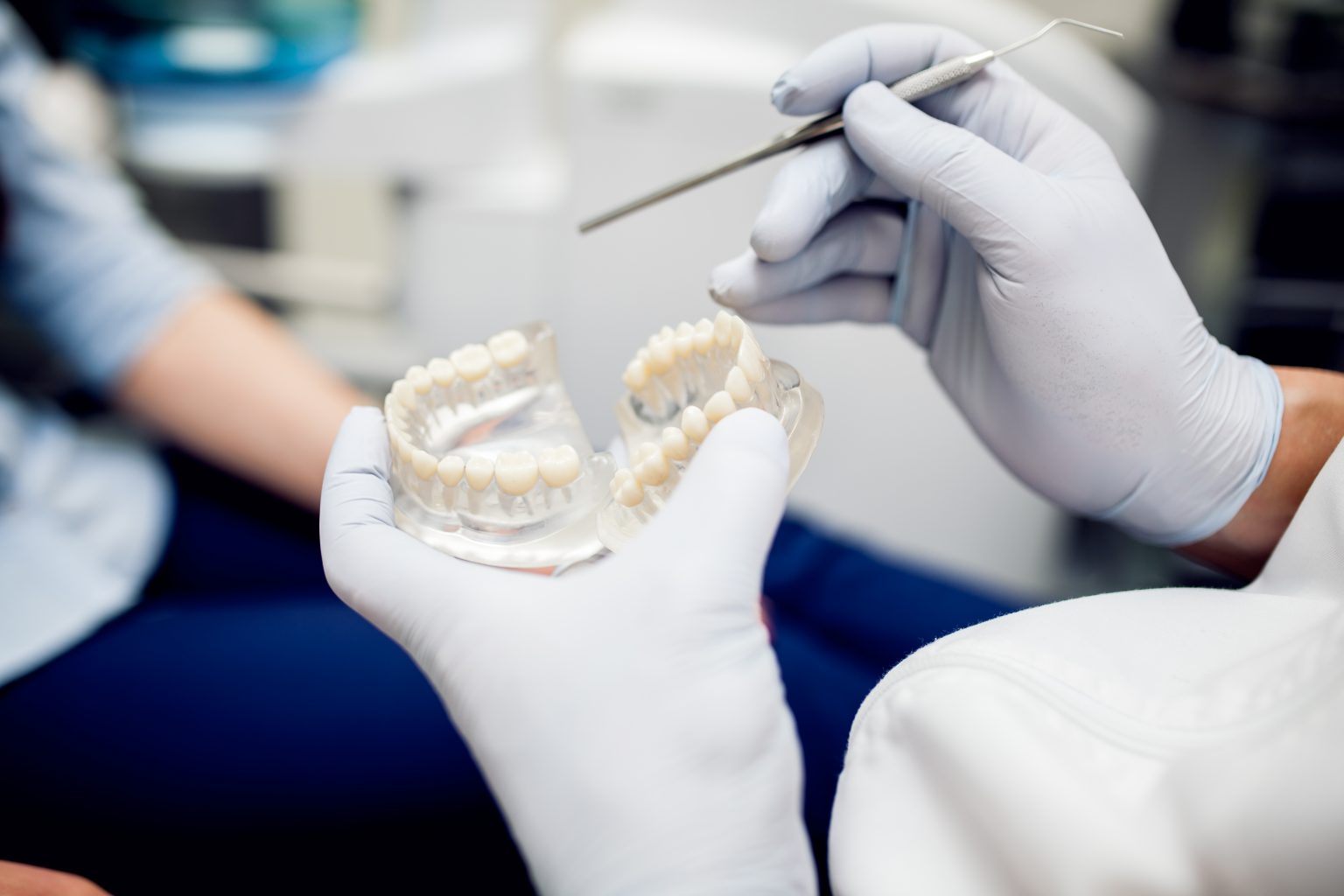The dental industry is undergoing a technological revolution, with innovations reshaping the landscape of patient care and dental practices. As we step into 2024, several cutting-edge technologies are poised to redefine dentistry, offering improved diagnostics, treatment options, and overall patient experiences.
1. Artificial Intelligence (AI) in Diagnostics: AI is set to revolutionize diagnostics in dentistry. Machine learning algorithms can analyze dental images, detect anomalies, and aid in the early diagnosis of conditions, allowing for more proactive and personalized treatment plans.
2. Teledentistry Advancements: Telehealth has become integral, and dentistry is no exception. Enhanced teledentistry platforms allow for virtual consultations, treatment planning, and post-treatment follow-ups, providing convenience and accessibility to patients.
3. 3D Printing for Dental Prosthetics: The evolution of 3D printing technology is transforming the creation of dental prosthetics, crowns, bridges, and even orthodontic devices. This not only streamlines the manufacturing process but also results in more precise and customized solutions.
4. Augmented Reality (AR) for Treatment Planning: AR is making waves in treatment planning, allowing dentists to overlay digital information onto the patient’s real-world view. This aids in visualizing treatment outcomes, enhancing patient communication, and improving treatment acceptance rates.
5. Robotics in Dental Surgery: Robotics is gradually becoming a staple in dental surgeries, offering enhanced precision and efficiency. Robots assist in tasks such as implant placement and surgeries, reducing the margin of error and improving overall procedural outcomes.
6. Blockchain for Patient Records: Blockchain technology is being adopted for secure and decentralized management of patient records. This ensures data integrity, enhances privacy, and streamlines information sharing among different healthcare providers.
7. Virtual Reality (VR) in Patient Education: VR is being harnessed to enhance patient education and alleviate dental anxiety. Patients can immerse themselves in virtual scenarios, gaining a better understanding of procedures, fostering informed decision-making, and reducing apprehension.
8. IoT-Enabled Dental Devices: The Internet of Things (IoT) is connecting dental devices for streamlined monitoring and data collection. Smart toothbrushes, for example, can provide real-time feedback on brushing habits, promoting better oral hygiene practices.
9. Nanotechnology in Restorative Dentistry: Nanotechnology is making strides in restorative dentistry, offering materials with superior strength and biocompatibility. Nanomaterials in fillings and restorations contribute to longer-lasting and aesthetically pleasing dental work.
10. Voice-Activated Systems in Dental Practices: Voice-activated systems are enhancing operational efficiency in dental offices. From appointment scheduling to accessing patient records, voice commands streamline administrative tasks, allowing dental professionals to focus more on patient care.
As the dental industry embraces these technologies, the future promises not only advanced clinical capabilities but also a more patient-centric and accessible approach to oral healthcare. The amalgamation of these innovations is poised to shape a new era in dentistry, prioritizing precision, efficiency, and overall patient satisfaction. As we journey into 2024, the fusion of technology and oral healthcare is set to elevate the standards of dental practice globally.






